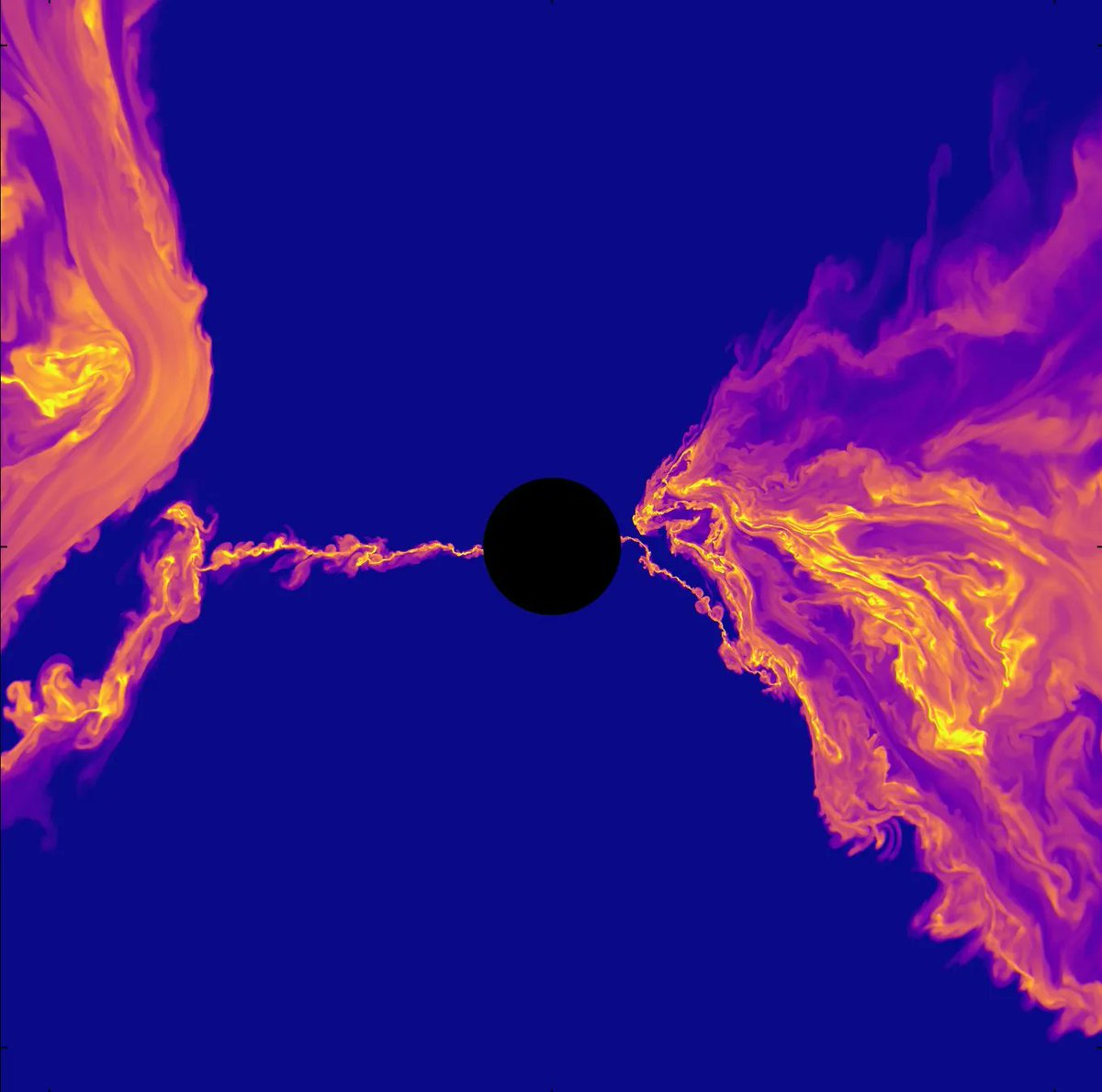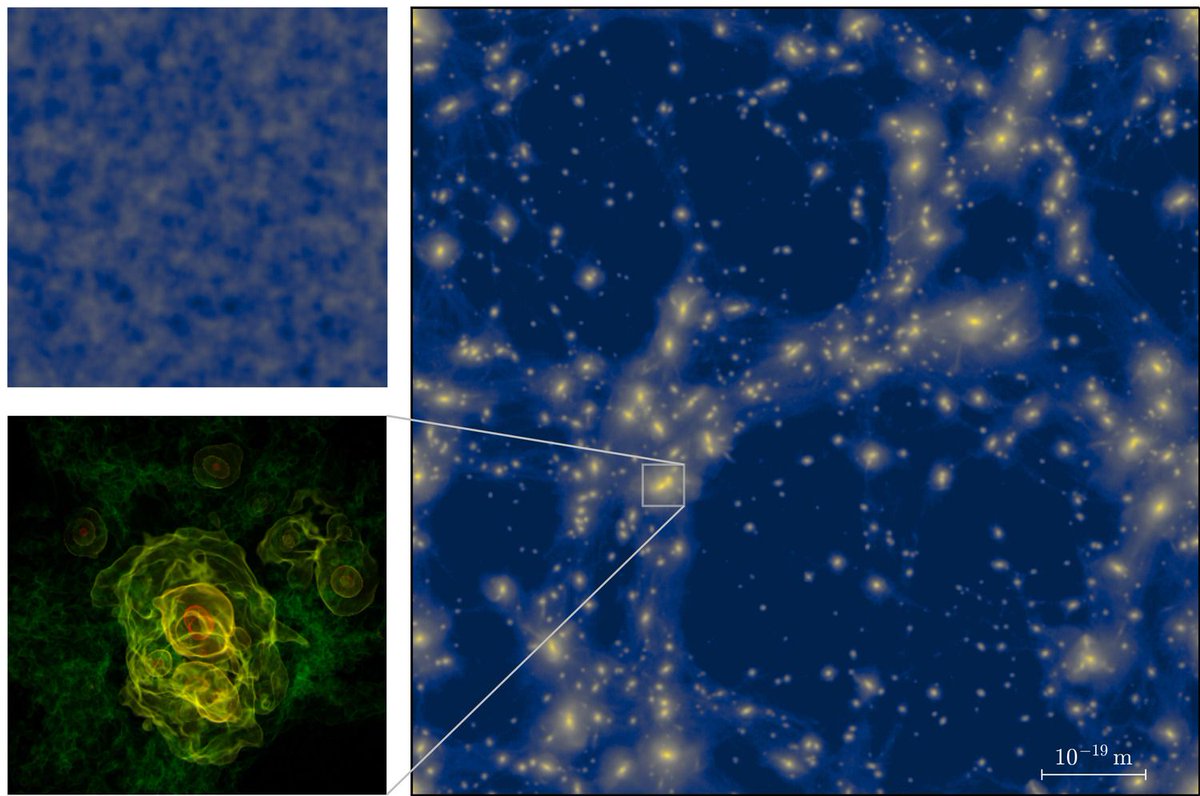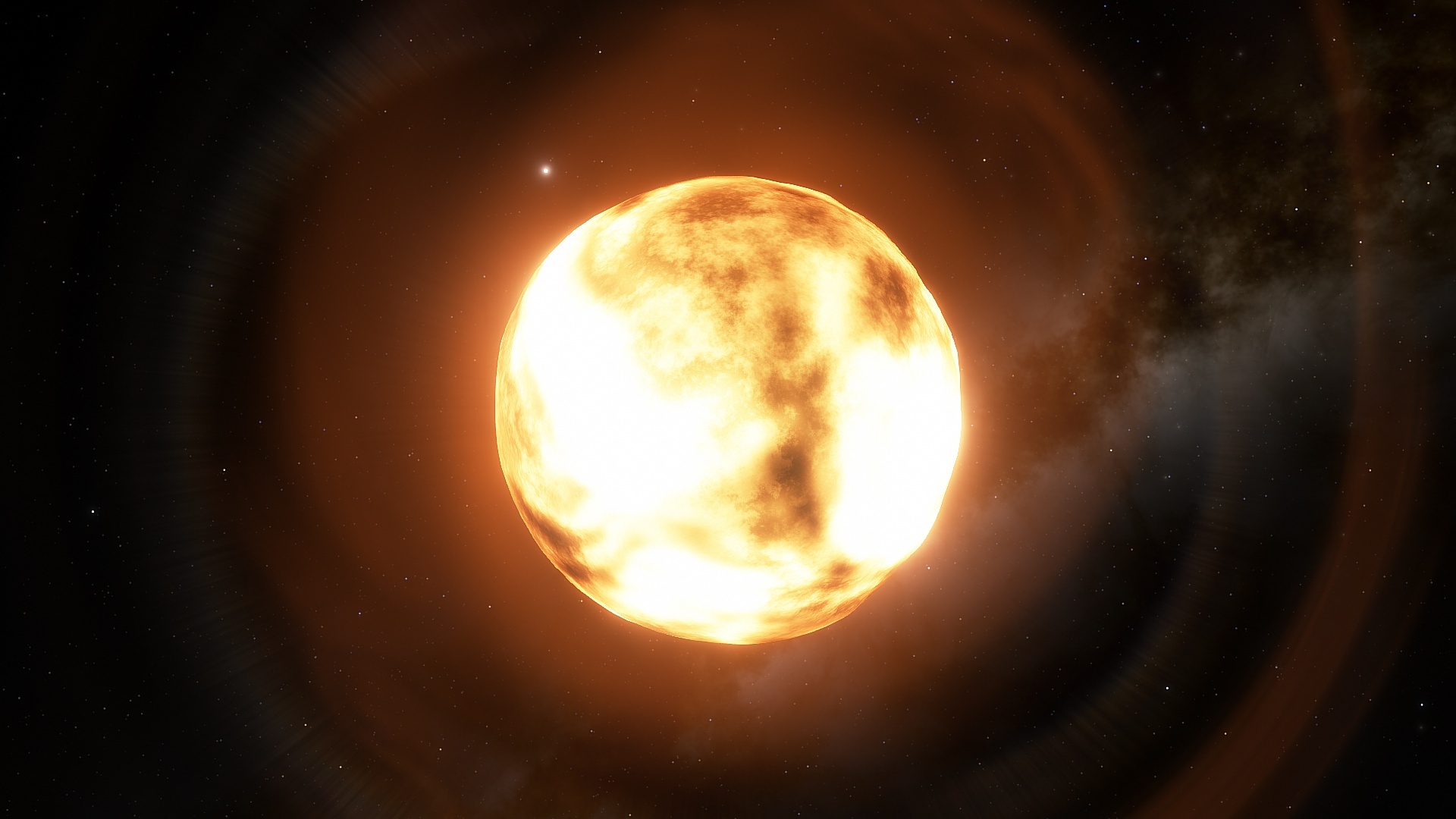While black holes might always be black, they do occasionally emit some intense bursts of light from just outside their event horizon. Previously, what exactly caused these flares had been a mystery to science. That mystery was solved recently by a team of researchers that used a series of supercomputers to model the details of black holes’ magnetic fields in far more detail than any previous effort. The simulations point to the breaking and remaking of super-strong magnetic fields as the source of the super-bright flares.
Continue reading “We Finally Understand how Black Holes can Release Powerful Flares”You Can Blow Up an Asteroid Just a few Months Before it Hits Earth and Prevent 99% of the Damage
So far, the battle between life on Earth and asteroids has been completely one-sided. But not for long. Soon, we’ll have the capability to deter asteroids from undesirable encounters with Earth. And while conventional thinking has said that the further away the better when it comes to intercepting one, we can’t assume we’ll always have enough advance warning.
A new study says we might be able to safely destroy potentially dangerous rocky interlopers, even when they get closer to Earth than we’d like.
Continue reading “You Can Blow Up an Asteroid Just a few Months Before it Hits Earth and Prevent 99% of the Damage”Simulating the Universe a Trillionth of a Second After the Big Bang
The Big Bang remains the best way to explain what happened at the beginning of the Universe. However, the incredible energies flowing during the early part of the bang are almost incomprehensive to our everyday experience. Luckily, computers aren’t so attached to normal human ways of thinking and have long been used to model the early universe right after the Bang. Now, a team from the University of Göttingen have created the most comprehensive model of what exactly happened in that very early stage of the universe – one trillionth of a second after the Big Bang.
Continue reading “Simulating the Universe a Trillionth of a Second After the Big Bang”New Supercomputer Simulations Will Help pin Down Inflation

In the very earliest moments of the big bang, the universe experienced a period of rapid expansion known as inflation. That event planted the seeds that would eventually become galaxies and clusters. And now, a recent set of simulations is able to show us how that connection worked.
Continue reading “New Supercomputer Simulations Will Help pin Down Inflation”Simulations of the Universe are Getting Better and Better at Matching Reality

How can you possibly use simulations to reconstruct the history of the entire universe using only a small sample of galaxy observations? Through big data, that’s how.
Continue reading “Simulations of the Universe are Getting Better and Better at Matching Reality”A New Study Says That Betelgeuse Won’t Be Exploding Any Time Soon
I have stood under Orion The Hunter on clear evenings willing its star Betelgeuse to explode. “C’mon, blow up!” In late 2019, Betelgeuse experienced an unprecedented dimming event dropping 1.6 magnitude to 1/3 its max brightness. Astronomers wondered – was this dimming precursor to supernova? How cosmically wonderful it would be to witness the moment Betelgeuse explodes. The star ripping apart in a blaze of light scattering the seeds of planets, moons, and possibly life throughout the Universe. Creative cataclysm.
Only about ten supernova have been seen with the naked eye in all recorded history. Now we can revisit ancient astronomical records with telescopes to discover supernova remnants like the brilliant SN 1006 (witnessed in 1006AD) whose explosion created one of the brightest objects ever seen in the sky. Unfortunately, latest research suggests we all might be waiting another 100,000 years for Betelgeuse to pop. However, studying this recent dimming event gleaned new information about Betelgeuse which may help us better understand stars in a pre-supernova state.
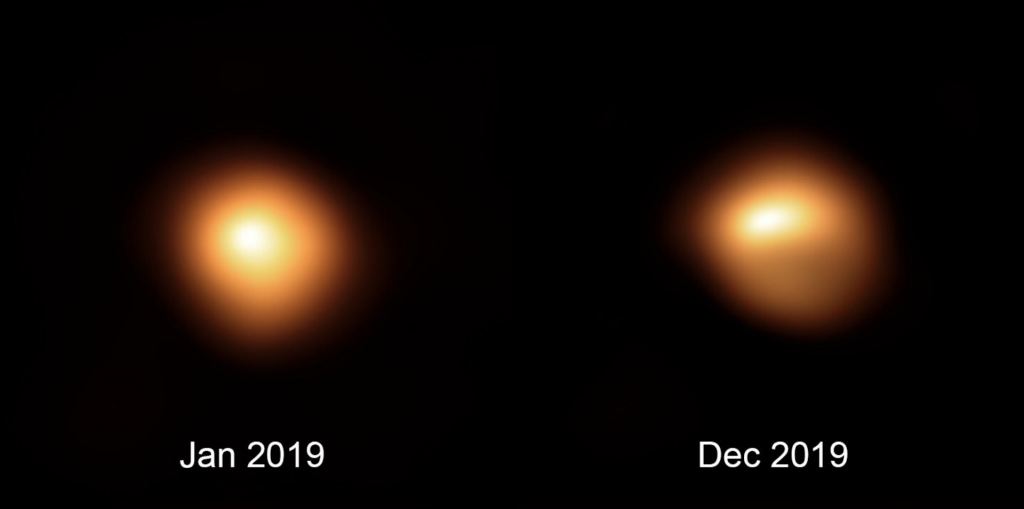
ESO / M. Montargès et al.
Black Holes Simulated in a Tank of Water Reveals “Backreaction” for the First Time
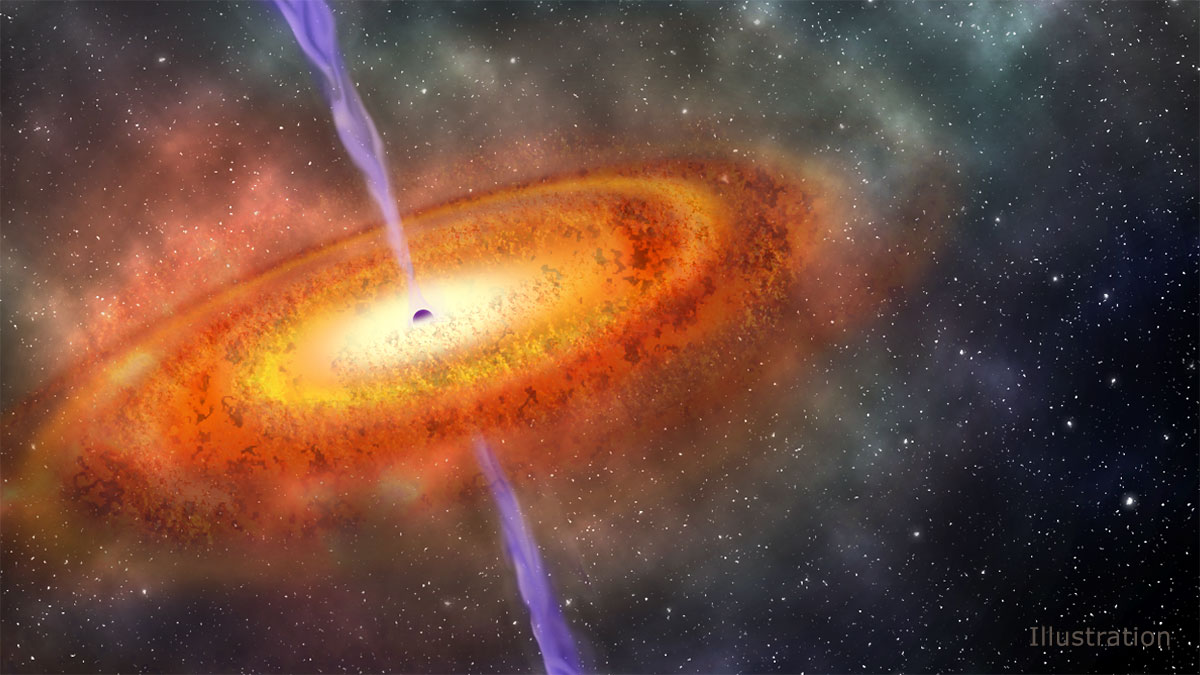
It’s hard to make a black hole in the lab. You have to gather up a bunch of mass, squeeze it until it gravitationally collapses on itself, work, work, work. It’s so hard to do that we’ve never done it. We can, however, make a simulated black hole using a tank of water, and it can tell us interesting things about how black holes work.
Continue reading “Black Holes Simulated in a Tank of Water Reveals “Backreaction” for the First Time”This is a Simulation of the Interstellar Medium Flowing Like Smoke Throughout the Milky Way
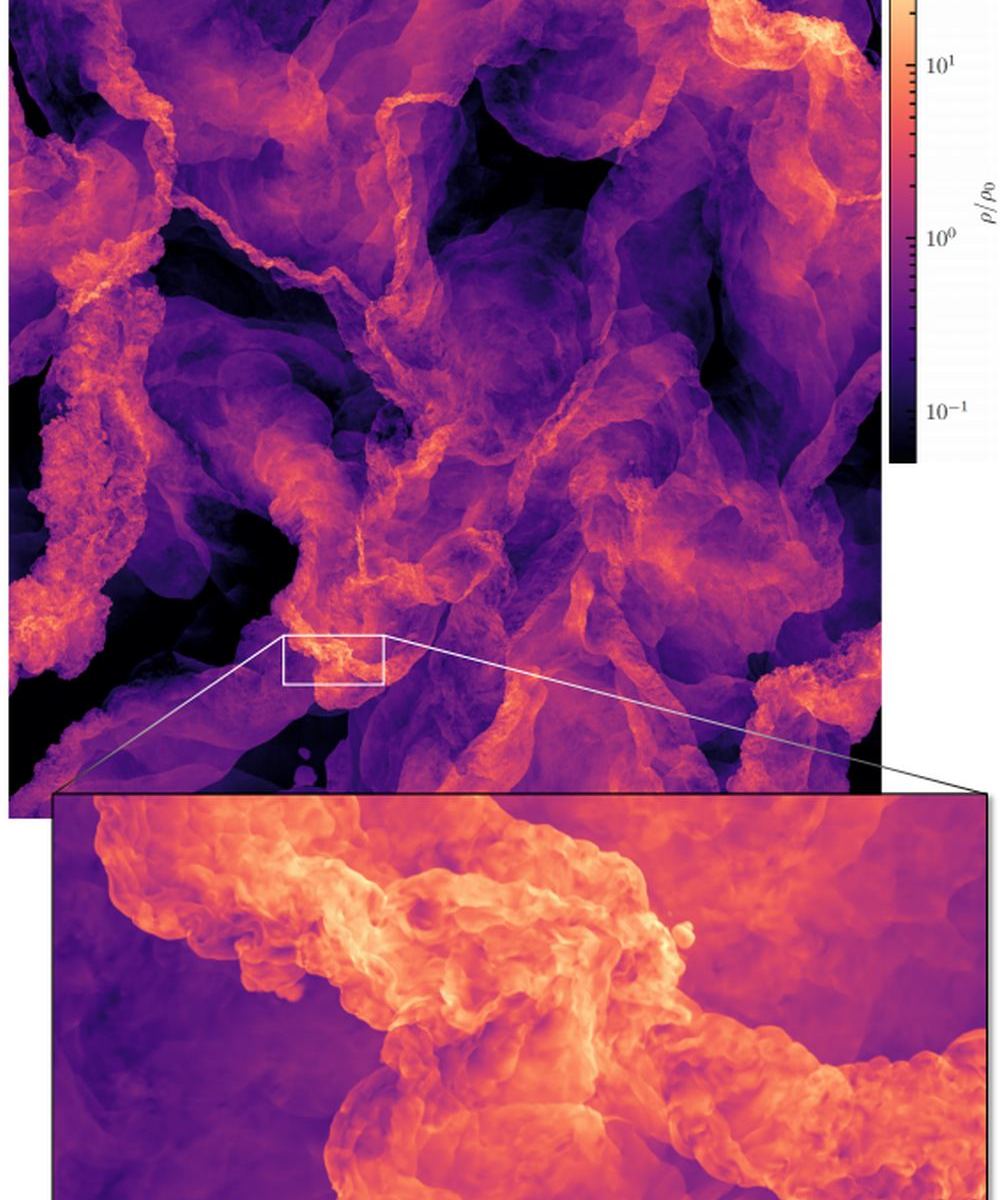
How do stars form?
We know they form from massive structures called molecular clouds, which themselves form from the Interstellar Medium (ISM). But how and why do certain types of stars form? Why, in some situations, does a star like our Sun form, versus a red dwarf or a blue giant?
That’s one of the central questions in astronomy. It’s also a very complex one.
Continue reading “This is a Simulation of the Interstellar Medium Flowing Like Smoke Throughout the Milky Way”Supercomputer Simulation Shows a Supernova 300 Days After it Explodes
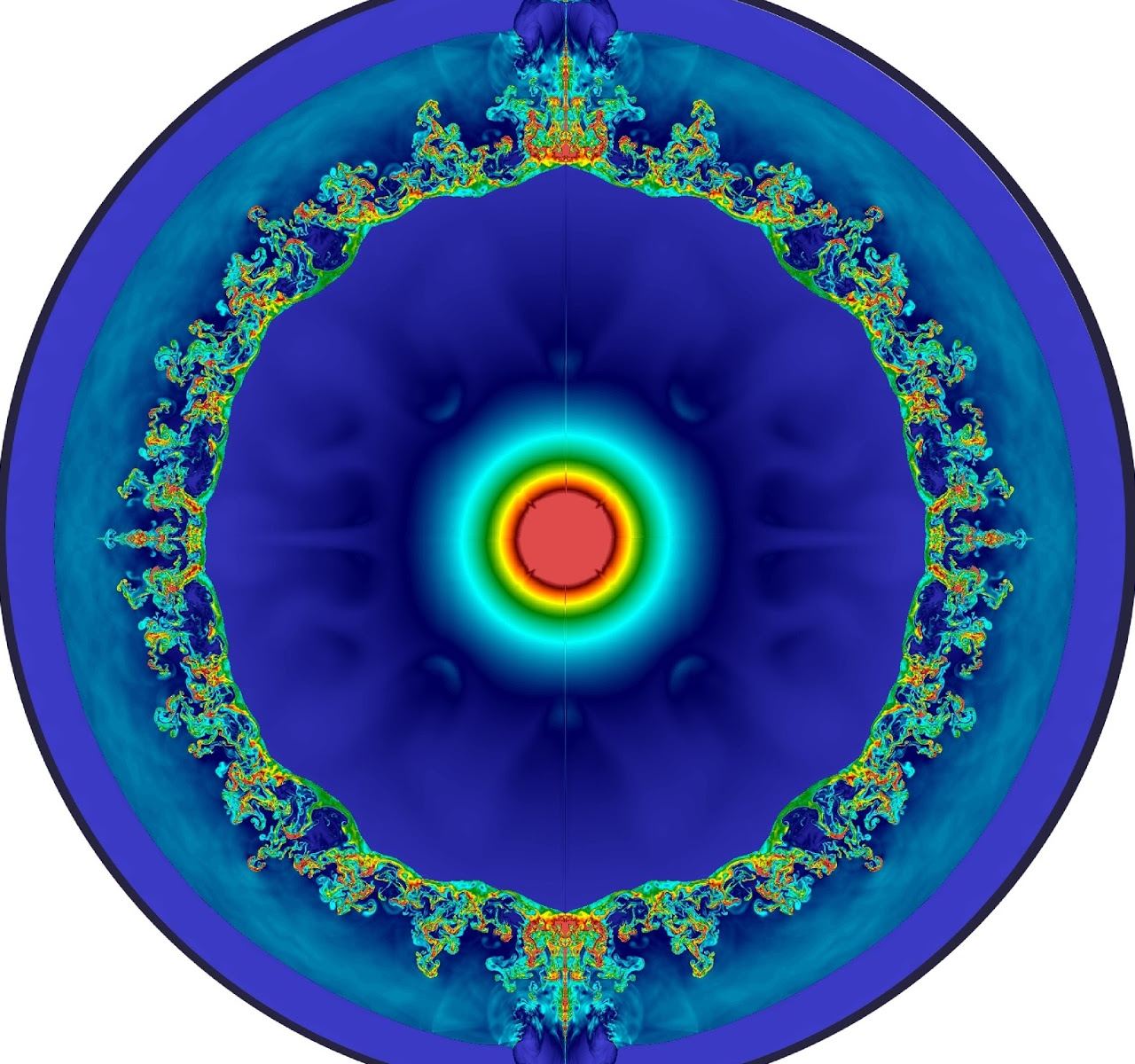
The answers to many questions in astronomy are hidden behind the veil of deep time. One of those questions is around the role that supernovae played in the early Universe. It was the job of early supernovae to forge the heavier elements that were not forged in the Big Bang. How did that process play out? How did those early stellar explosions play out?
A trio of researchers turned to a supercomputer simulation to find some answers.
Continue reading “Supercomputer Simulation Shows a Supernova 300 Days After it Explodes”What Will the James Webb Space Telescope See? A Whole Bunch of Dust, That’s What
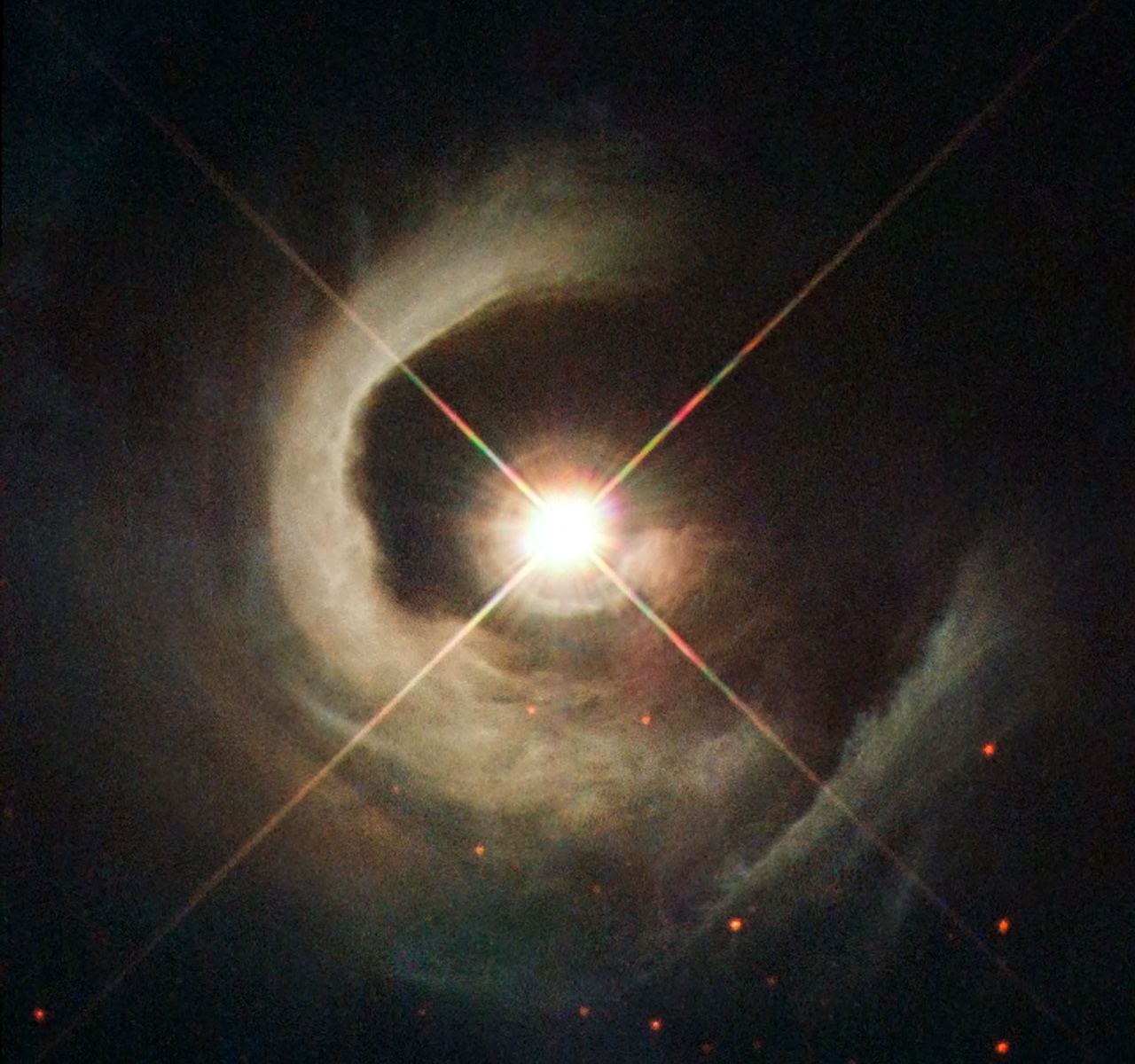
When it comes to the first galaxies, the James Webb Space Telescope will attempt to understand the formation of those galaxies and their link to the underlying dark matter. In case you didn’t know, most of the matter in our universe is invisible (a.k.a. “dark”), but its gravity binds everything together, including galaxies. So by studying galaxies – and especially their formation – we can get some hints as to how dark matter works. At least, that’s the hope. It turns out that astronomy is a little bit more complicated than that, and one of the major things we have to deal with when studying these distant galaxies is dust. A lot of dust.
That’s right: good old-fashioned dust. And thanks to some fancy simulations, we’re beginning to clear up the picture.
Continue reading “What Will the James Webb Space Telescope See? A Whole Bunch of Dust, That’s What”
